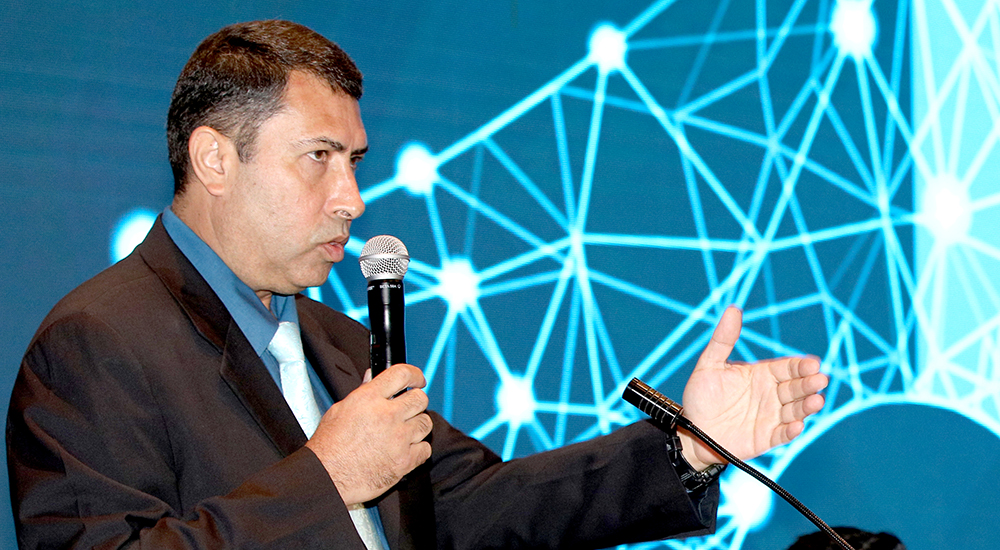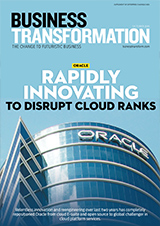Autonomous cars and autonomous applications in the cloud

The concept of a self-driving or autonomous vehicle is immensely exciting. Consider the benefits – vehicles optimise amongst themselves and the space on the road in real time to find the most effective path between the point of departure and the point of arrival. If the surroundings remain static and no other objects are on the roads, except the vehicles themselves and their occupants, this is a no-brainer from the technology and innovation point of view. The vehicles can steer themselves amongst each other in real time and collisions cannot happen.
So where is the catch?
Real-life does not allow such perfect conditions. Visibility changes, surroundings change, objects of all sorts can intrude, and vehicles themselves may get altered. Intelligent recognition systems need to be trained to recognise and react to a vast range of situations and objects, while the surroundings themselves vary.
The more learnings that intelligent systems go through, the better will be their ability to make the right and safe decisions. And then there is the legal imbroglio! If an incident does occur – who is responsible, the autonomous vehicle that did not know how to react or the invading party or the human on board who did not take control of the vehicle.
According to Dr Florian Baumann at Dell Technologies, teaching autonomous vehicles to drive is incredibly data and compute intensive and requires secure and cost-effective data management. The limitations of artificial intelligence and ability of the algorithms to respond to unfamiliar scenarios is one current drawback. Mobility leaders need to assemble teams with sufficient expertise to create the differentiating algorithms.
Sensor responses to environmental changes, like weather and terrain is another drawback. Improvement of performance and increased efficiency of sensors and radars are crucial research areas.
The first agreement between more than 50 countries on regulations for vehicles to take over control was made in June 2020. This agreement includes in-vehicle black box that records when the automated driving functionality is activated. By 2030 there will be 250 million electric vehicles, 90 million autonomous vehicles and 1 SB of data generated.

Adds Ravi Suri at KPMG, from a technical perspective, the limitations lie in inability to identify surroundings accurately and decision-making capabilities of an autonomous vehicle. Perception equates to vision and the limitation lies in the vehicle’s inability to identify surroundings accurately. A vehicle may be unable to understand how to move around unidentified objects in their way.
The best autonomous vehicle systems today, incorrectly perceive the surrounding environment once every tens of thousands of hours. There needs to be a large focus on creating redundancies in the perception system using cameras, radar, and LIDAR. Highly detailed maps of the environment will make it easier for such cars to process their surroundings. Advanced Drive Assistance systems have been created to ensure safety of the vehicle through automated functions of the driver.
Human perception and their uptake of the autonomous vehicle is one of the biggest limitations facing the industry. It may be people’s readiness in adapting to the new norm of transportation which will present a challenge. One of the most critical aspects of self-driving is legislation. It may be difficult to identify who will be held liable for accidents caused by such vehicles. There is a no clear-cut definition of who is the driver, which makes it difficult to determine party responsible.
Autonomous vehicles are a special challenge because they are an exception to the current day rule, when both humans and machines are drivers. Comments Gurmeet Kaur and Stephan Appt at Pinsent Masons, new laws are required to adapt current rules from being driver centric to enabling both humans and machines to operate a vehicle in public traffic.
Even the latest technologies do not yet allow fully autonomous driving in all environmental and living conditions. There is lack of standards and testing facilities that would allow autonomous functionalities to be adequately tested. Governments and other stakeholders around the world are in the process of formulating such requirements.
Transmission and storage of vast amounts of data resulting from operation of connected and autonomous vehicle is a challenge. Artificial intelligence that helps vehicles maneuver through traffic is still in the process of learning how humans behave. With regard to e-vehicles there are still certain operational drawbacks, including a limited distance-travelling capacity.
Moving to the cloud, Oracle’s second-generation Cloud Infrastructure offers autonomous features around its database and security offerings. In the future, managing the cloud will become as complex as managing today’s large-scale compute, networking and storage datacentre infrastructures. Self-running and self-optimising are the way forward to manage complexity and this is a key differentiator for Oracle’s present-day cloud platform offering.





